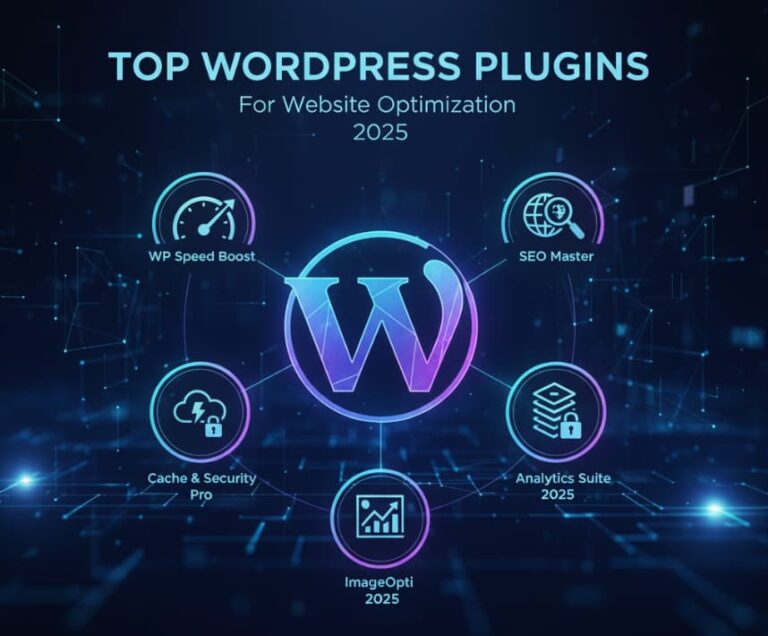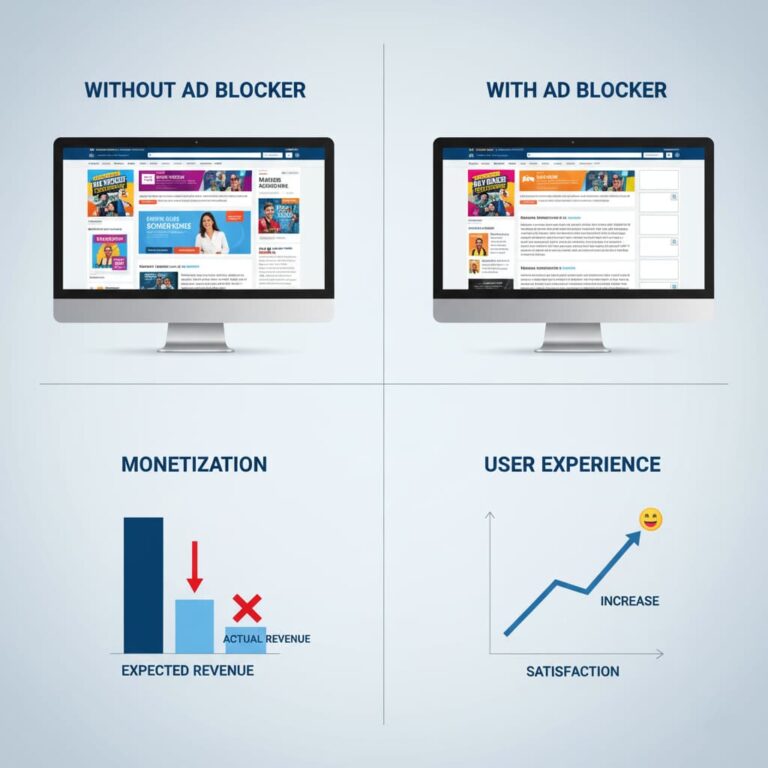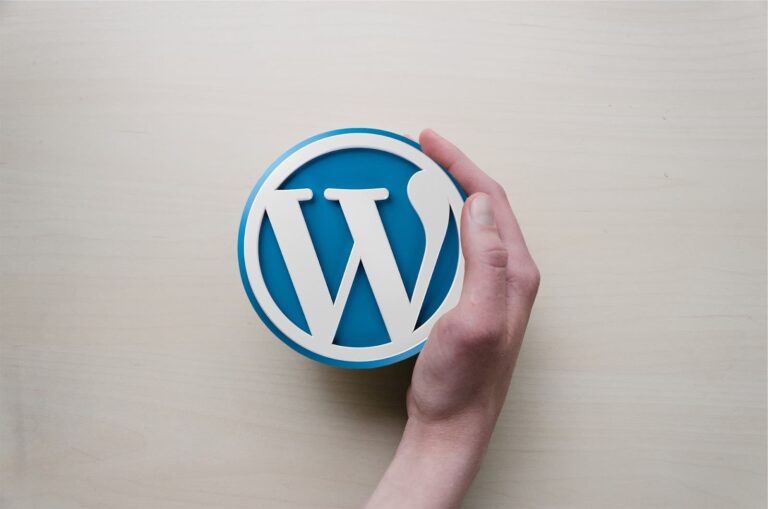For a programmer or designer, development is like art for an artist. And each created website is a source of pride. A developer is, first of all, a specialist. His task is not just to write code. And the task of a designer is not just to create a design. The ultimate goal for both is to create a product that fully meets the client’s requirements.
The development process is clearly divided into stages that must be implemented within the project. Let’s take a closer look at them.
Here are the main stages of web development:
Analysis of the brief and writing of the technical task
A brief is a document, a kind of questionnaire that is filled in by the client. In the brief, the client indicates his wishes regarding the design, functionality of the site or application, and other project details. Based on the brief, managers of an IT company draw up a technical task for developers.
Prototyping
An important stage, especially for large projects. A prototype is a diagram of all or several pages of a website in the form of a sketch or HTML document that shows the interactions and structural elements of the future website: menus, buttons, forms, etc.
Design development
At this stage, the designer draws the pages of the resource. Today it is important that a website has not only a desktop version but also a mobile one. A constant requirement for design is a “friendly” intuitive interface. That is, when the user can easily and quickly find the necessary information on the site.
Programming
Front-end developers turn layouts with design into interactive web pages using the HTML language (in fact, they turn a picture into code). Back-end developers combine/integrate the designed web pages with the database and content management system. Their task is to make the site not just a coded picture, but to turn it into a full-fledged functional working tool.
Testing
The resource is tested for compliance with the design layout, speed, optimization for mobile devices, and display in different browsers. The final quality check is an assessment of the finished product from the point of view of both the programmer and the user. We test the functionality: whether we can make a purchase, whether payment is made, whether letters are received, etc. The overall performance of the project is tested.
Website content
This is the responsibility of the content manager, site owner, or IT company. This is the stage when the site comes to life and becomes unique. It begins to “tell” why it was created, what goods and services can be provided.
Website deployment
At this stage, the development company helps the client to choose a hosting (a place on the Internet) and get a domain (a resource address) – two points necessary for website deployment. After that, they transfer the site to this hosting. The resource is opened for search engines. And it goes through the stage of final testing after the transfer.
Promotion of the resource
SEO specialists, SMM managers, and targeting specialists are engaged in the comprehensive promotion of the resource: they analyze its work, draw up a strategy for internal and external optimization, and implement it.












